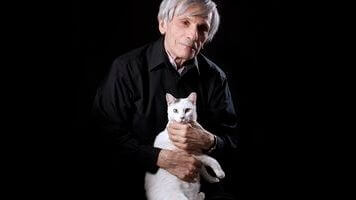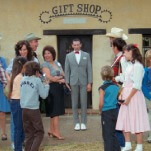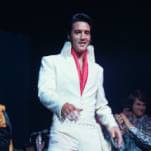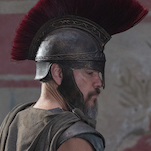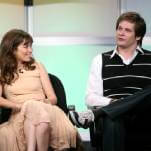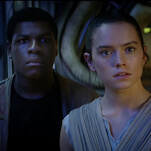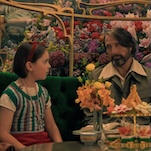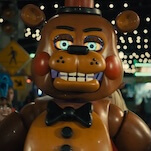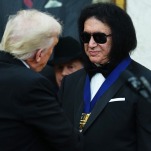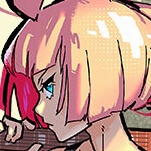The Mountains straight reply –
…
Though I than He – may longer live
He longer must – than I –
For I have but the power to kill,
Without – the power to die –
Other biographers, such as Richard B. Sewall and Susan Howe, have speculated about Dickinson’s personal life: Did she have a psychotic break that kept her inside her father’s house for the last years or her life? Did she have a sexual relationship with her best friend and sister-in-law—or just a romantic one? Did she send her (in)famous Master letters to a preacher, a woman, or were they only drafts kept in a drawer? But Charyn goes beyond these usual speculations. Attempting to fulfill the claim of his subtitle, Charyn tries to bring Dickinson into the 21st century by drawing comparisons between her and the biographers who have studied her, and artists, like Joseph Cornell, who have been inspired by her work. But he also draws comparisons to artists who had no connection to her work (Vincent Van Gogh); a French novelist (Gustave Flaubert); various ballet dancers (such as Allegra Kent); and a set of idiot savant twins from Oliver Sacks’ book The Man Who Mistook His Wife For A Hat. He even compares her to fictional characters, such as Joyce Carol Oates’ computerized replication “EDickinsonRepliLuxe,” and, more problematically, Cassy, the slave mistress of Simon Legree in Uncle Tom’s Cabin. (“It’s as if Miss Emily, the patrician poet from a privileged and protected New England town, were Cassy’s secret sister.” Although Dickinson, among many other things, “was no quadroon, of course.”) These comparisons are interesting but become increasingly tangential and reveal little about who Dickinson might have been.
Readers who know a thing or two (or more) about Dickinson might take pleasure in these tangents, but even the knowledgeable will feel the lack of real evidence backing up Charyn’s claims. Instead, he relies on forceful language to persuade his readers that he has uncovered and understood essential aspects of Dickinson’s character. For example, he draws heavily on her poem “My Life Had Stood A Loaded Gun” to read into a recently discovered daguerreotype that may or may not be of Emily Dickinson and Kate Turner (who may or may not have been the object of Dickinson’s romantic affection). Charyn writes:
She protects Kate in the daguerreotype, stares at us with a slight astigmatism in her Yellow Eye, sits in her old-fashioned dress, with a confident half smile, with the long fingers of a pianist—a hunter’s hand … [And isn’t Kate her] “prey” in the daguerreotype, her conquest, whom she’s sharing with the camera and with us? … She’s no picture out of the poem. She is the Loaded Gun.
Dickinson becomes an animalistic hunter and a gloating conqueror based on one image (that might not even be of her), a poem (that is likely completely unrelated to the person who might not even be in the picture), and a series of letters between Dickinson and Turner (which may or may not be expressing platonic love or romantic love or sexual love).
Throughout the book Dickinson is presented as a powerful sexual figure, not a madwoman but a woman “maddened with rage.” Charyn compares her to a witch, a spider, a vampire, a Goliath, a murderer, a weapon. Is this sex-and-violence combination what’s necessary to bring Emily Dickinson into the 21st century? Charyn seems to think so, but many of his speculations would be better left to his 2010 novel The Secret Life Of Emily Dickinson, which, because it’s fiction, has the freedom to explore without the responsibilities of proof.
“I always felt like a detective in regard to Emily Dickinson,” Charyn writes, “that I could map her genius somehow.” He is not alone in this wishful thinking about Dickinson. But Charyn also acknowledges that “we’re still having a hard time unraveling most of her riddles.” Dickinson herself wrote in a letter that “Biography first convinces us of the fleeing of the Biographied.” And indeed, after 130 years, her life still stands “a loaded gun”—mysterious yet full of meaning. And even after all this time, no one has quite figured out how to pull its trigger.
